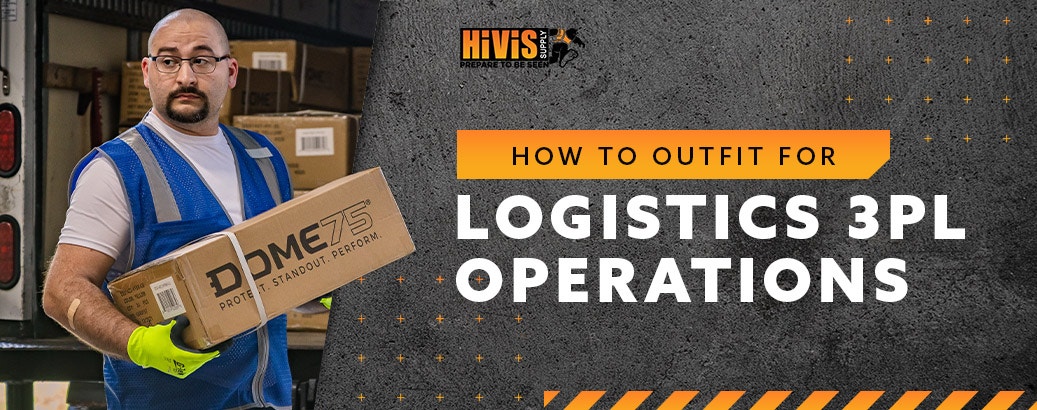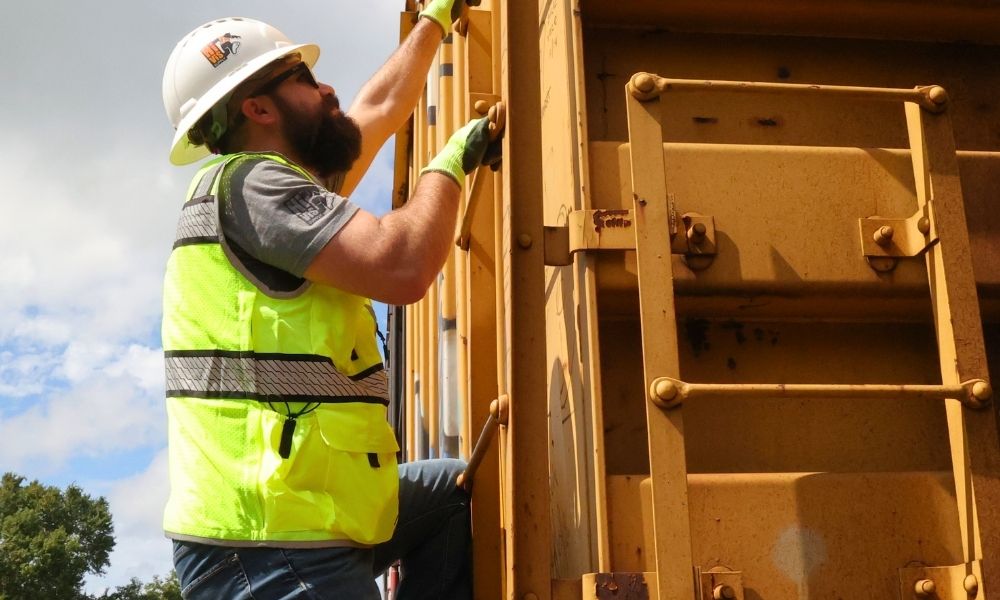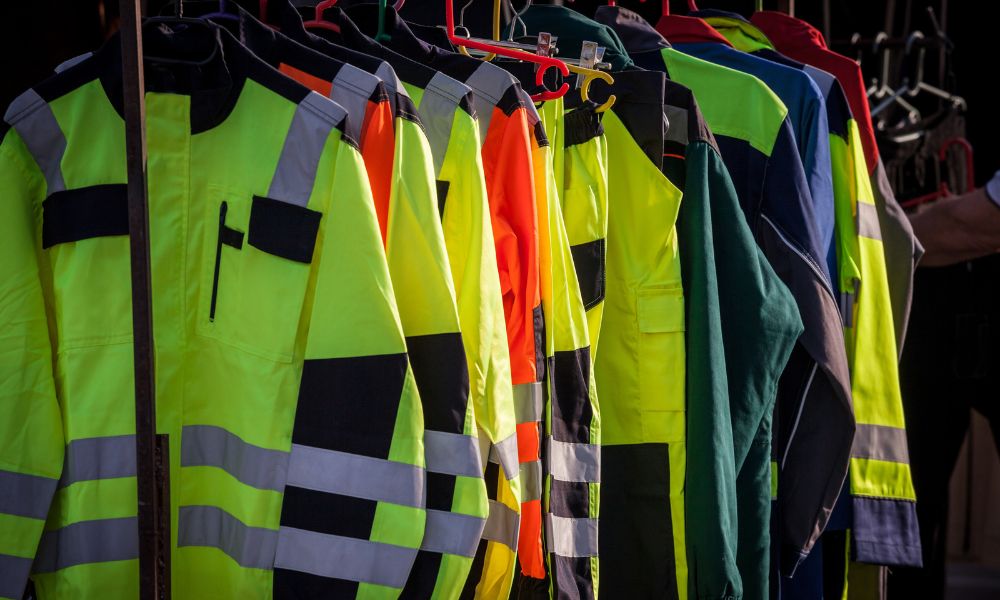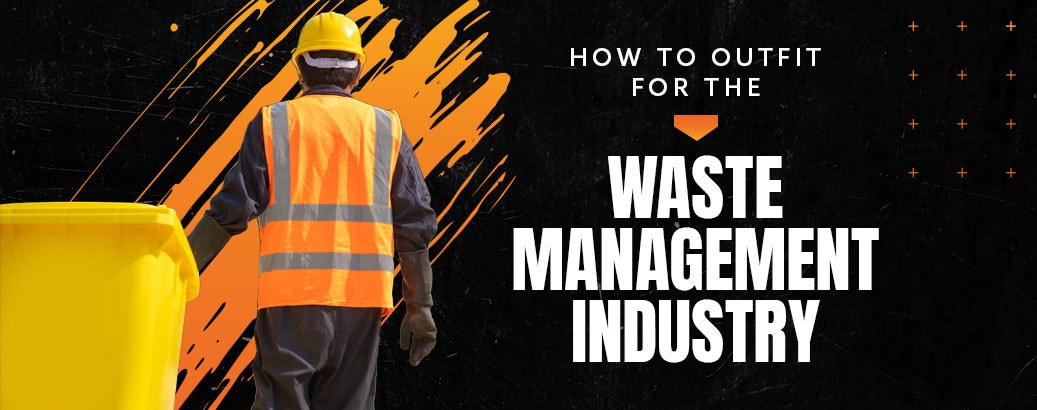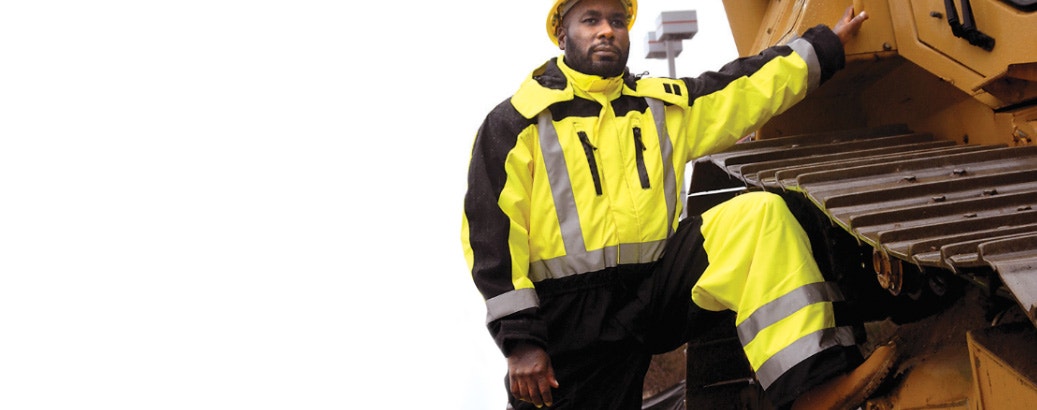What Are the Seven Types of PPE?
- By HiVis Supply
- Sep 9, 2020

In nearly any type of physical job, you’ll find that some functions of the job require personal protective equipment (PPE). From a cut glove that protects a sheet metal worker’s hands to a highly insulated arc flash suit that protects electricians from electrical explosions, PPE is everywhere, and going without it is never a good idea. So, how can you make sure that you’ve got the right PPE for your occupation? The first step is educating yourself: What are the seven types of PPE, exactly? Here’s a quick guide to understanding which kinds of equipment fall into each category, and who typically uses each one.
1. Head Protection
- Typical Forms: Hard hats, bump caps, and headwear
- Usually Required For: Construction workers, engineers, miners
Head protection PPE is the first of the seven types of PPE that we’ll talk about. This type of PPE helps keep a person’s head safe in situations where they may be at risk from heavy falling objects, bumping their head, or extreme temperatures. Head protection PPE comes in a wide variety of forms, ranging from safety hard hats for impact protection to hi-vis beanies to guard against the cold. Check ANSI Z89.1 to learn about the industry standards for head protection PPE.


2. Eye Protection
- Typical Forms: Safety glasses, welding helmets, face shields
- Usually Required For: Welders, machinists, construction workers, laboratory workers
Eye protection helps keep a person’s eyes safe from a variety of hazards, from the bright light of a welding arc to flying debris in a machine shop. It’s important to choose a type of eye protection that’s suited to your job tasks, as not all forms are effective against the same hazards, so make sure to check the industry standard ANSI Z87.1. Safety glasses are a popular choice for the cost-effective protection they provide against a variety of flying debris hazards.
3. Hearing Protection
- Typical Forms: Earmuffs, earplugs
- Usually Required For: Airport runway workers, mechanics, machinists, music venue employees
Loud noises on the job can cause major long-term damage to a person’s hearing, especially when the person is exposed frequently over a long period. That’s why many workers use hearing protection PPE such as earplugs or earmuffs that are compliant with ANSI S12.6. Buying earplugs in bulk is a popular way to obtain hearing protection at an economical price point.
4. Hand Protection
- Typical Forms: Insulated gloves, impact-resistant gloves, cut resistant gloves
- Usually Required For: Almost every type of manual labor
Hand protection is one of the most crucial of the seven types of PPE, and it’s one that’s used across many different industries, from agriculture to factory work to construction. Depending on your job tasks, you might need impact-resistant gloves, insulated gloves, cut resistant gloves, or simple and effective high-visibility gloves. ANSI 105 is your guide for finding the right type of PPE gloves.
5. Respiratory Protection
- Typical Forms: Respirator masks
- Usually Required For: Miners, demolition workers, healthcare workers, factory workers
In the age of COVID-19, respiratory PPE has taken on new importance for everyone. But it’s always been a must-have for many industries where airborne particulates and/or pathogens are a major concern. Check ANSI Z88.2 for guidance on general industrial respirator PPE, or read OSHA’s standards for anti-coronavirus PPE for healthcare workers.
6. Foot and Leg Protection
- Typical Forms: Reinforced boots, insulated boots, insulated pants, welder’s spats
- Usually Required For: Almost every type of manual labor
Boots and pants are just as critical as gloves for many jobs. Reinforced boots, such as those that use an ASTM safety toe, are vitally important for protecting your feet and toes, while work pants help protect your legs from dirt, debris, and other hazards that can potentially cause scratches or cuts. Because there are several different ASTM safety boot standards, make sure to check ASTM F2412 to learn about which kind of rating your boots need.
7. Body Protection
- Typical Forms: Fall harnesses, arc flash suits, lab coats, lead aprons, molten metal suits
- Usually Required For: Roofers, electricians, laboratory workers, steel and ironworkers
Various occupations present a wide variety of threats to the human body, ranging from falls from a height to electrical arc flashes. Each of these threats must be addressed by the use of an appropriate PPE solution, making this the most varied category of the seven types of PPE.
A variety of types of specialized PPE also fall into this category, including lead aprons for radiology technicians and heavy-duty thermal and molten metal PPE for steel and ironworkers. If your position requires specialized PPE, make sure to communicate with your management about which standards it needs to comply with.
HiVis Supply is a leading source for high-performance PPE and safety gear, with a full selection of the industry’s most trusted safety brands. To find the right type of PPE for your role, make sure to shop all of our hi-vis safety gear categories.






